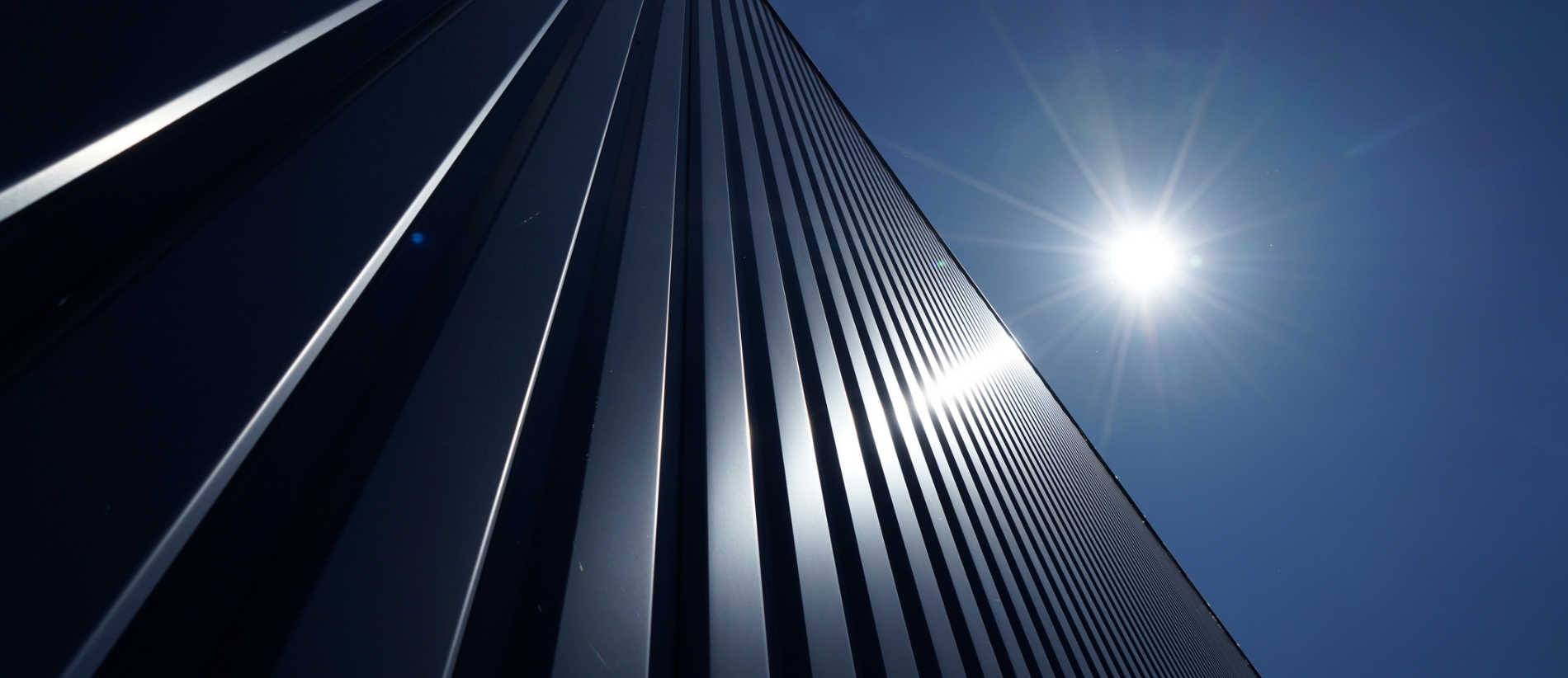On 21st December 2018, the government introduced a ban on combustible cladding materials, including Aluminium Composite Material (ACM), in response to the Grenfell tragedy.
Building owners must “remediate” (remove or replace) unsafe ACM cladding from high-rise residential buildings as soon as possible, or face costly intervention from local authorities.
The ban applies to:
All new residential buildings above 18m in height
New dormitories in boarding schools, student accommodation, registered care homes and hospitals above 18m
New building work being carried out, in line with the definition of building work in the Building Regulations, including changes of use and material alterations
If owners do not remove ACM cladding in line with the new regulations, or provide a clear plan for its removal, local authorities would be expected to take enforcement action, carrying out emergency remedial work and then recovering the costs from the building owner.
What does this mean for my portfolio?
The government is still in the process of identifying buildings with unsafe cladding. If you know your building has combustible cladding, it’s wise to consult with your property advisors to start planning its removal now.
Our insurance specialists are on hand to help point you in the right direction. So please get in touch with us at LREAC@uk.lockton.com (opens a new window), if this would assist.
For more information, please see the below:
Grenfell update: written ministerial statement (opens a new window)
Government bans combustible materials on high-rise homes (opens a new window)
The Building (Amendment) Regulations 2018 (opens a new window)
Building (Amendment) Regulations 2018: Circular 02/2018 (opens a new window)
Fire safety: Approved Document B (opens a new window)
Material and workmanship: Approved Document 7 (opens a new window)


